Notable is also the place of Mira (ο Ceti) / Khambalia (λ Virginis):
For this was 70 (= 365 - 295) days earlier in the G text than that at the enlightened uplifted left foot of Pollux (Alhena, γ Gemini).
The G text glyphs, we can see, have evidently been designed to draw attention to this fact:
... Although an old constellation, Cetus is by no means of special interest, except as possessing the south pole of the Milky Way and the Wonderful Star, the variable Mira; and from the fact that it is a condensation point of nebulae directly across the sphere from Virgo, also noted in this respect ... ... Mira also known as Omicron Ceti (ο Ceti, ο Cet), is a red giant star estimated 200-400 light years away in the constellation Cetus. Mira is a binary star, consisting of the red giant Mira A along with Mira B. Mira A is also an oscillating variable star and was the first non-supernova variable star discovered, with the possible exception of Algol. Apart from the unusual Eta Carinae, Mira is the brightest periodic variable in the sky that is not visible to the naked eye for part of its cycle ... ... In 1638 Johannes Holwarda determined a period of the star's reappearances, eleven months; he is often credited with the discovery of Mira's variability. Johannes Hevelius was observing it at the same time and named it 'Mira' (meaning 'wonderful' or 'astonishing,' in Latin) in 1662's Historiola Mirae Stellae, for it acted like no other known star. Ismail Bouillaud then estimated its period at 333 days, less than one day off the modern value of 332 days, and perfectly forgivable, as Mira is known to vary slightly in period, and may even be slowly changing over time ...
The Phoenician letters gimel (Greek gamma) and lamedh (Greek lambda) could have been used by Bayer to illustrate this pair of star positions, viz. the night (Λ) at Mira and the day (Γ) at Alhena, as a pair of complementary opposites:
In Manuscript E we can find the place of Alhena at the end - the important position - of the huru list:
It was the place of the 'drinking vessel':
Gutu. 1. Lips, mouth, beak, snout (goutu); gutu ahu, swollen lip; gutu hiti, thick lip; gutu mokomoko, pointed lip; gutu no, vain words; gutu pakapaka, scabbed lips; gutu raro, lower lip; gutu ruga, upper lip. Gutugutu, snout. P Pau.: gutu, lip, beak, bill. Mgv.: gutu, the chin, the mouth of a fish. Mq.: nutu, beak, snout. Ta.: utu, lip, mouth, beak, snout. Gutupiri, attentively. Gututae, attentively; gututae mekenu, a small mouth. Gututika, tattoing on the lips. 2. Pau.: Gutuafare, to save, to economize. Ta.: utuafare, family, residence. 3. Pau.: Guturoa, to grimace, to pout. Mgv.: guturoa, to grimace. Churchill.
Hipu. Calabash, shell, cup, jug, goblet, pot, plate, vase, bowl, any such receptacle; hipu hiva, melon, bottle; hipu takatore, vessel; hipu unuvai, drinking glass. P Mgv.: ipu, calabash, gourd for carrying liquids. Mq.: ipu, all sorts of small vases, shell, bowl, receptacle, coconut shell. Ta.: ipu, calabash, cup, receptacle. Churchill.
... Then the big Fish did swallow him, and he
had done acts worthy of blame.
But We cast him forth on the naked shore in a
state of sickness,
... The state of the tree loomed large in their thoughts, because it came about at the same time the head of One Hunaphu was put in the fork. The Xibalbans said among themselves: 'No one is to pick the fruit, nor is anyone to go beneath the tree', they said. They restricted themselves, all of Xibalba held back. It isn't clear which is the head of One Hunaphu; now it's exactly the same as the fruit of the tree. Calabash came to be its name, and much was said about it. A maiden heard about it, and here we shall tell of her arrival. Umu. Cooking pit, Polynesian oven (shallow pit dug in the ground, in which food is cooked over heated stones); the food cooked in such a pit for a meal, dinner, or banquet; umu pae, permanent cooking pit, in a stone enclosure.; umu paepae, permanent cooking pit with straw cover for protection from rain and wind; umu keri okaoka, temporary cooking pit without stone enclosure; umu ava, very large temporary cooking pit, made for feasts; umu takap˙, exclusive banquet, reserved for certain groups of persons, for instance the relatives of a deceased family member; umu tahu, daily meals for hired workers; umu parehaoga, inaugural banquet (made on occasion of a communal enterprise or feastival); umu ra'e, banquet for fifth or sixth month of pregnancy; umu pÔpaku, banquet on occasion of the death of a family member. Vanaga. Cooking place, oven (humu). Churchill. Samoa, Maori, Nukuoro, Niue, Tahiti, Hawaii, Mangaia, Marquesas, Mangareva, Paumoto: umu, oven. Tonga: ngotoumu, id. Uvea: ngutu¨mu, id. Futuna: ¨mu-kai, id. Fotuna: amu, cooking place. Rapanui: umu, oven; humu hare, cook house ... The Polynesian radical is consistently umu. Tonga and Uvea compound with it a word which in Uvea is distinctly ngutu mouth and in Tongan we may feel that ngutu has been specifically differentiated in this composite. In the Futuna composite the latter element is merely kai food ... Particular interest attaches to the discovery of the amu type in Mabulag and Miriam, western and eastern islands of the straits and remote from the New Guinea coast ... The existence of amu in Fotuna affords us reason to regard the type as ancient Proto-Samoan, and that Mabulag and Miriam received it directly and not on secondary loan from Motu. Churchill 2. And here is the account of a maiden, the daughter of a lord named Blood Gatherer. And this is when a maiden heard of it, the daughter of a lord. Blood Gatherer is the name of her father, and Blood Moon is the name of the maiden. And when he heard the account of the fruit of the tree, her father retold it. And she was amazed at the account: I'm not acquainted with that tree they talk about. It's fruit is truly sweet! they say, I hear, she said. Next, she went all alone and arrived where the tree stood. It stood at the Place of Ball Game Sacrifice. What? Well! What's the fruit of this tree? Shouldn't this tree bear something sweet? They shouldn't die, they shouldn't be wasted. Should I pick one? said the maiden. And then the bone spoke; it was there in the fork of the tree: Why do you want a mere bone, a round thing in the branches of a tree? said the head of One Hunaphu when it spoke to the maiden. You don't want it, she was told. I do want it, said the maiden. Very well. Stretch out your right hand here, so I can see it, said the bone. Yes, said the maiden. She stretched out her right hand, up there in front of the bone. And then the bone spit out its saliva, which landed squarely in the hand of the maiden. And then she looked in her hand, she inspected it right away, but the bone's saliva wasn't in her hand. It is just a sign I have given you, my saliva, my spittle. This, my head, has nothing on it - just bone, nothing of meat. It's just the same with the head of a great lord: it's just the flesh that makes his face look good. And when he dies, people get frightened by his bones. After that, his son is like his saliva, his spittle, in his being, whether it be the son of a lord or the son of a craftsman, an orator. The father does not disappear, but goes on being fulfilled. Neither dimmed nor destroyed is the face of a lord, a warrior, craftsman, an orator. Rather, he will leave his daughters and sons. So it is that I have done likewise through you. Now go up there on the face of the earth; you will not die. Keep the word. So be it, said the head of One and Seven Hunaphu - they were of one mind when they did it.
There were 21 items in the huru list, which means the Full Moon would have been at day 366 (Jan 1) - 20 = 346 at the beginning of the list:
|
|||||||||||||||||||||||||||||||||||||||||||||||||||||||||||||||||||||||||||||||||||||||||||||||||||||||||||||||||||||||||||||||||||||||||||||||||||||||||||||||||||||||||||

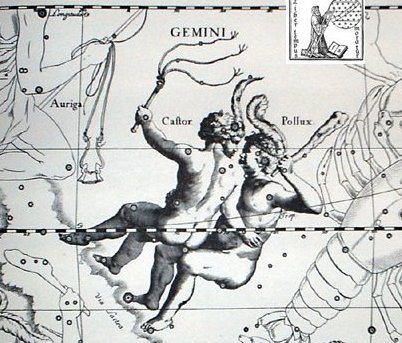




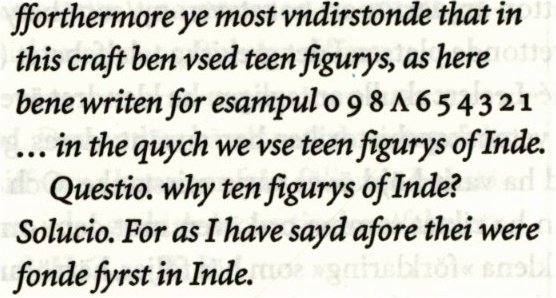
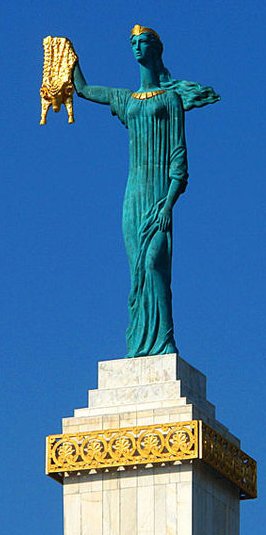

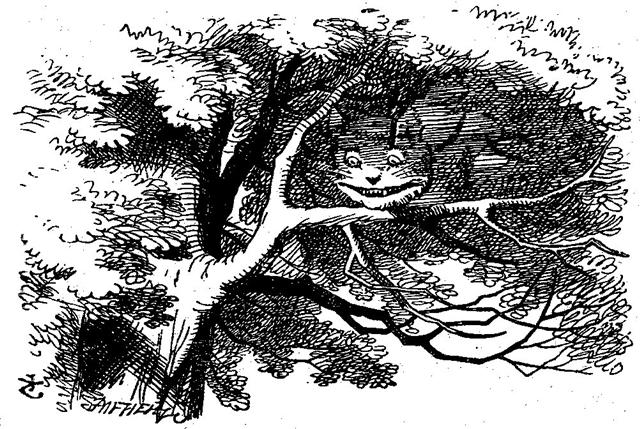



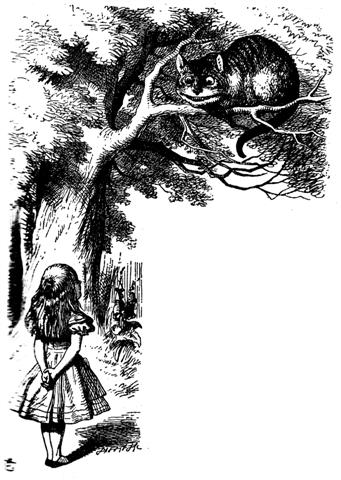

.jpg)